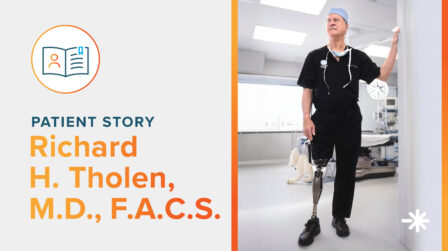Mary Terry: Hero Arm Provides New-Found Freedom After Lifelong Prosthetic Journey
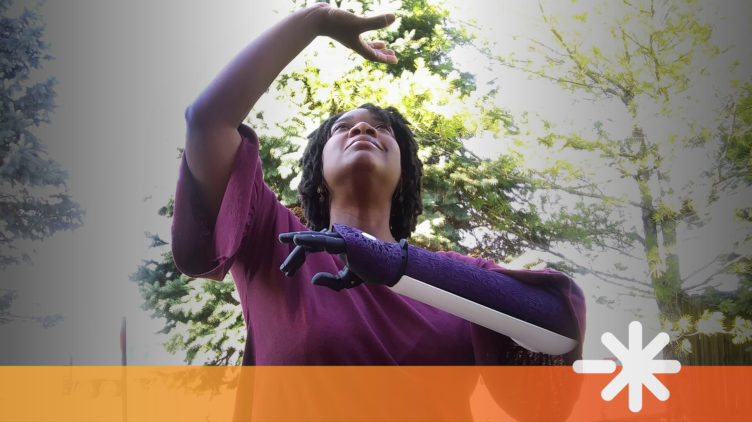
Mary Terry was born without her left arm below the elbow, but she’s never let that hold her back from pursuing her dreams, including dancing and giving back to others with limb loss and limb difference. Mary, who works as a patient care coordinator and amputee peer mentor at Hanger Clinic, was the first person in Ohio to be fit with a new type of 3D-printed bionic arm called the Hero Arm.
When patients walk into a Hanger Clinic in Columbus, OH, and meet patient care coordinator Mary Terry, they’ll find an enthusiastic advocate, a knowledgeable consultant, and an attentive listener. They’ll also find that she knows what it’s like to overcome similar challenges with the help of prosthetic technology.
Mary, who was born without her left arm below the elbow, was inspired to work at Hanger Clinic after her own experiences with prosthetics as a child. There, she shares lessons from her lifelong journey with limb difference and the power of prosthetic technology with others who are navigating limb loss in their own lives.
I first said I wanted to work at a prosthetic clinic when I was three or four—and now here I am!
Mary Terry, Hanger Clinic Patient Care Coordinator & AMPOWER Peer Visitor
Confidence, Interrupted
Some of Mary’s first memories are of being bullied for missing part of her arm. When she was five, she had a basic prosthetic arm with a silver hook on the end of it. Her school tried to bar her from kindergarten because they were afraid she might use the hook to harm others or disrupt the class. Mary was allowed to go to school after her mother intervened with the principal, but she never understood why she was treated that way.
“That started my self-confidence issues, from the first grade on,” she explains.
Kids can be quick to point out any differences in their peers, and Mary often found herself the subject of teasing.
“I was very depressed,” she admits. “I was talked about a lot in school.”
Thankfully, Mary had a loving family who lifted her up with their unwavering support.
Her Journey With Early Prosthetics
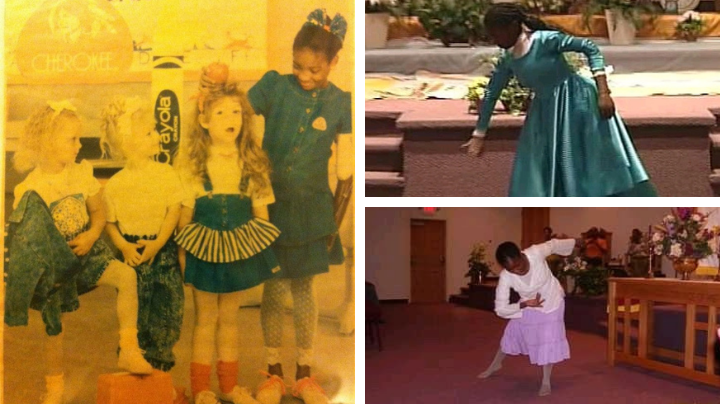
Mary wore her first prosthetic hook for five years. She wasn’t able to do too much with it, but she was still grateful because it helped disguise her arm.
“I never wanted to show my residual limb in school,” she explains. “That’s how I was back then.”
In sixth grade, she got a new prosthesis that finally allowed her to grasp objects, but her use of the arm was limited and she had to wear a large harness with it that made her feel self-conscious. Finally, in the eleventh grade, Mary got a cosmetic hand.
“It looked like a real hand, but it didn’t move,” she says. “That changed everything for me.”
Mary finally felt like she fit in with other kids because her prosthetic looked life-like.
“I loved it,” she says. “I started to want to go to school.”
Mary later moved to Ohio and found Hanger Clinic. There, she was fit with gradually more advanced, newer technology that enabled her to grasp objects, drive better, fasten buttons, and do other everyday tasks with greater ease.
The Life-Changing Hero Arm
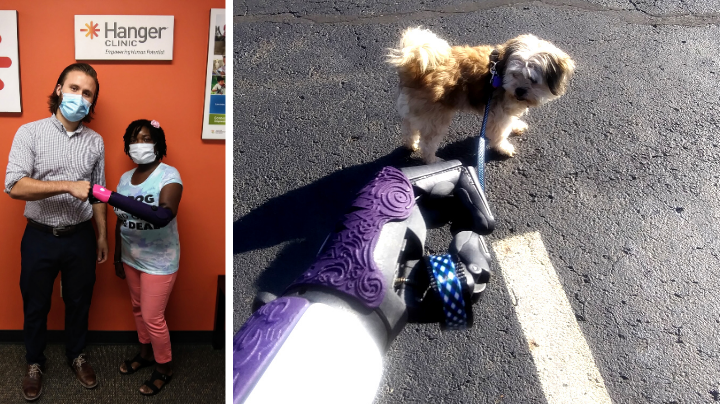
It wasn’t until this year, though, that Mary realized how life-changing a prosthesis could be when she received the Hero Arm.
One of her clinicians, Hanger Clinic Prosthetist Stephen Probert, was always keeping an eye out for new ways to help her gain movement and freedom.
When Hanger Clinic partnered with Open Bionics to make the Hero Arm available in the U.S., with consultation and custom fitting by Hanger Clinic’s national upper limb specialists and clinicians, Stephen immediately thought of Mary.
Unlike other 3D-printed arms, the Hero Arm is the first to be controlled by muscle signals in the user’s arm. This technology allows Mary to position her hand in different grip patterns for various activities.
For Mary, that includes her passion for dancing and Zumba. The Hero Arm’s lightweight and easy-to-use features help her express herself like she wasn’t able to before, and she’s grateful to be able to pursue her passions. She’s also thankful to be able to complete ordinary tasks easily, such as typing, opening doors, carrying laundry, and using both arms at once.
Inspiring Others as a Peer Mentor
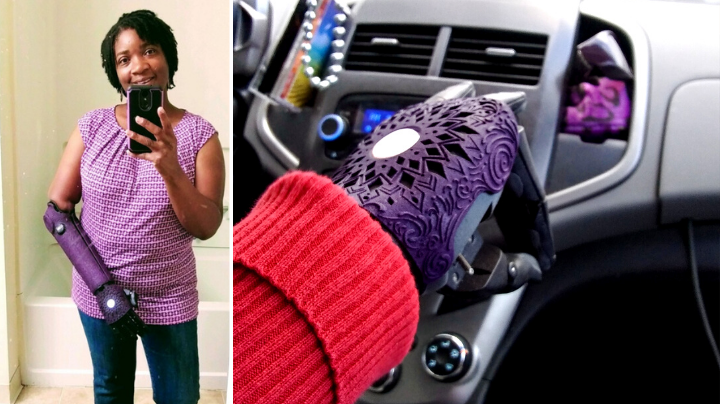
Nothing has stopped Mary from pursuing her dreams, and she wants others with limb loss or limb difference to know they are unstoppable, too. That’s why she serves as an amputee peer mentor through the AMPOWER program.
“I want them to know that their life isn’t over. They can adapt, and with the new technology these days, it’s much easier to get around than when I was growing up,” she says.
People are drawn to Mary’s colorful Hero Arm, which she has customized with pink and purple covers, and she finds that it makes a great conversation starter with people who are able-bodied and those with limb difference, alike.
Mary is especially passionate about showing off her Hero Arm to children. She takes great pride in educating them about prosthetic technology and helping those with limb loss feel proud and capable so they can avoid the struggles she faced growing up.
“I always wanted to work at a prosthetic clinic because lives are changed there, and I am very grateful for this opportunity,” she says. “One prosthesis can open up a whole new world for somebody, and I love that.”
Get the Hero Arm
The Hero Arm is a lightweight, 3D-printed, myoelectric prosthesis with multi-grip functionality. To find out if the Hero Arm is right for you, schedule a free evaluation with an upper limb specialist at a Hanger Clinic near you.
Latest Updates
Subscribe to stay up-to-date on our latest posts.

